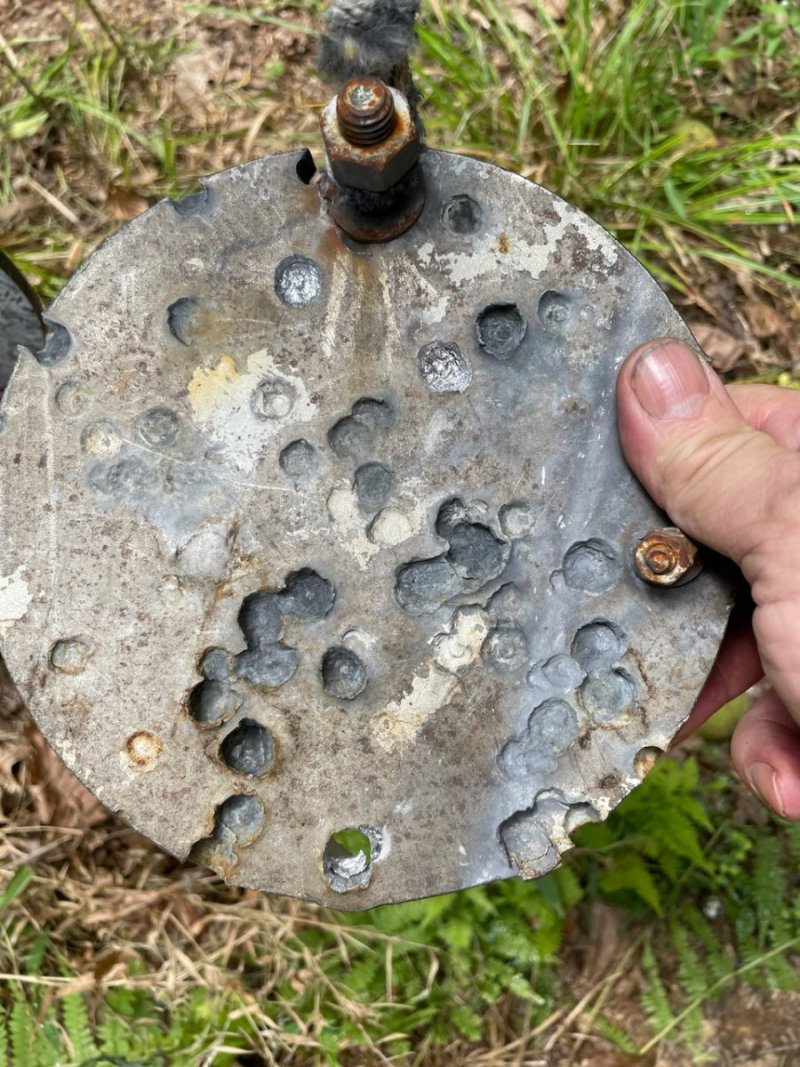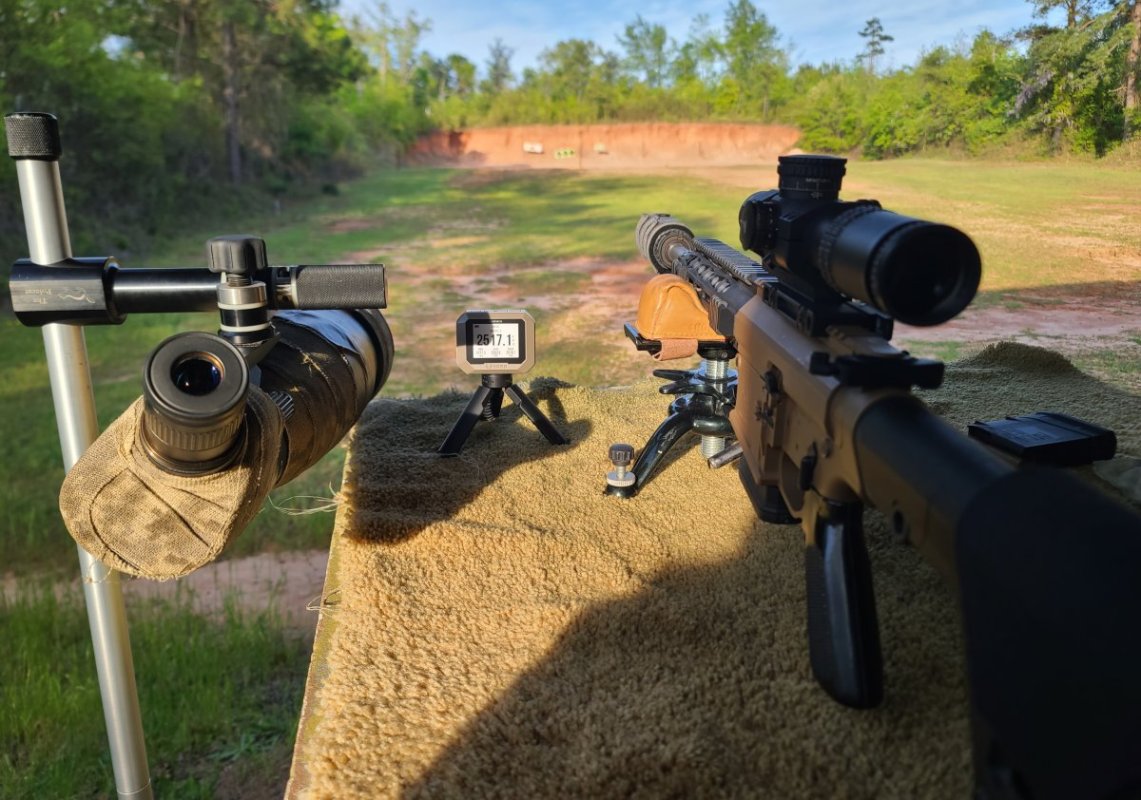"I heard that carrying a 1911 cocked and locked could cause the round to spin 180 inside the chamber and possibly AD into the carrier's face. Dude that warned me about it just couldn't explain why... "
B.S.
cocked and locked.. why would you ever carry a 1911 with the hammer down on a live round.. might as well carry it with an empty chamber and a full mag. then simply rack it.. much safer and just as quick .
if you intend to make the gun safe unload it.
B.S.
cocked and locked.. why would you ever carry a 1911 with the hammer down on a live round.. might as well carry it with an empty chamber and a full mag. then simply rack it.. much safer and just as quick .
if you intend to make the gun safe unload it.









